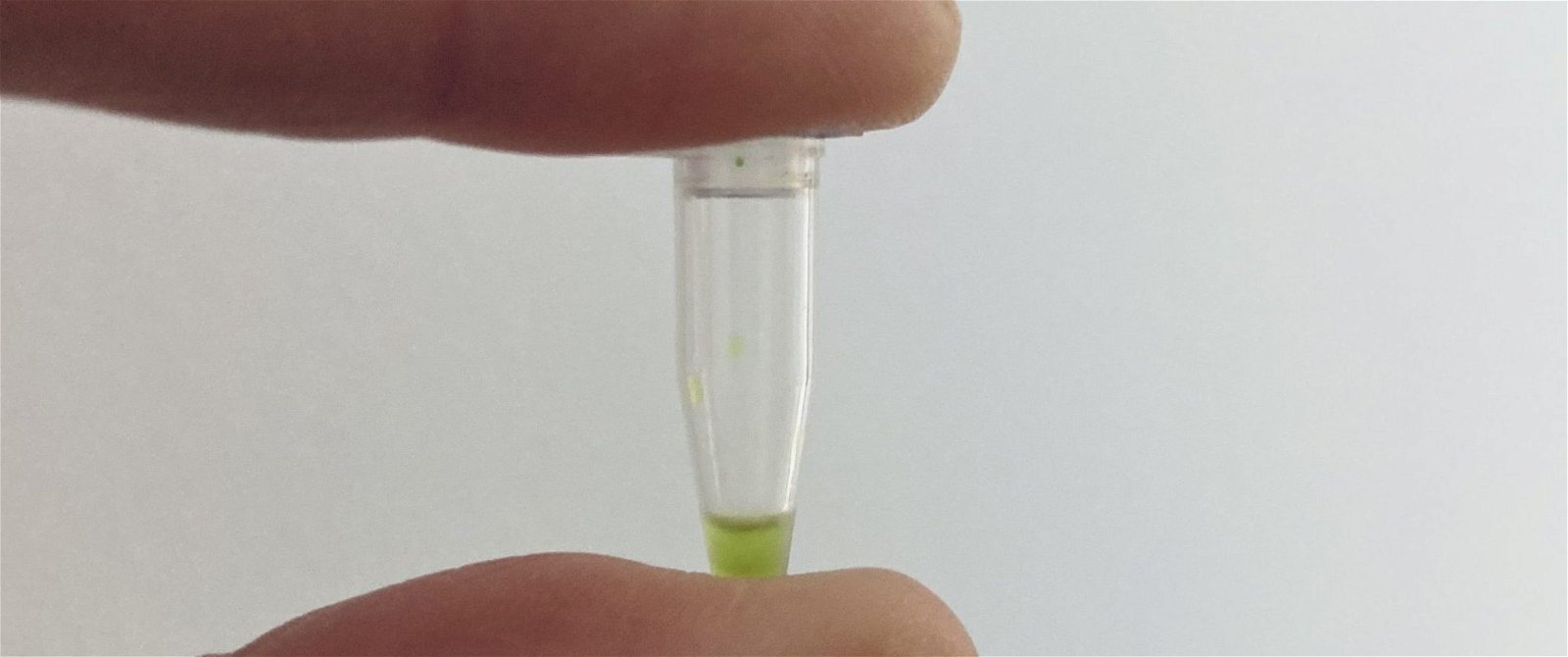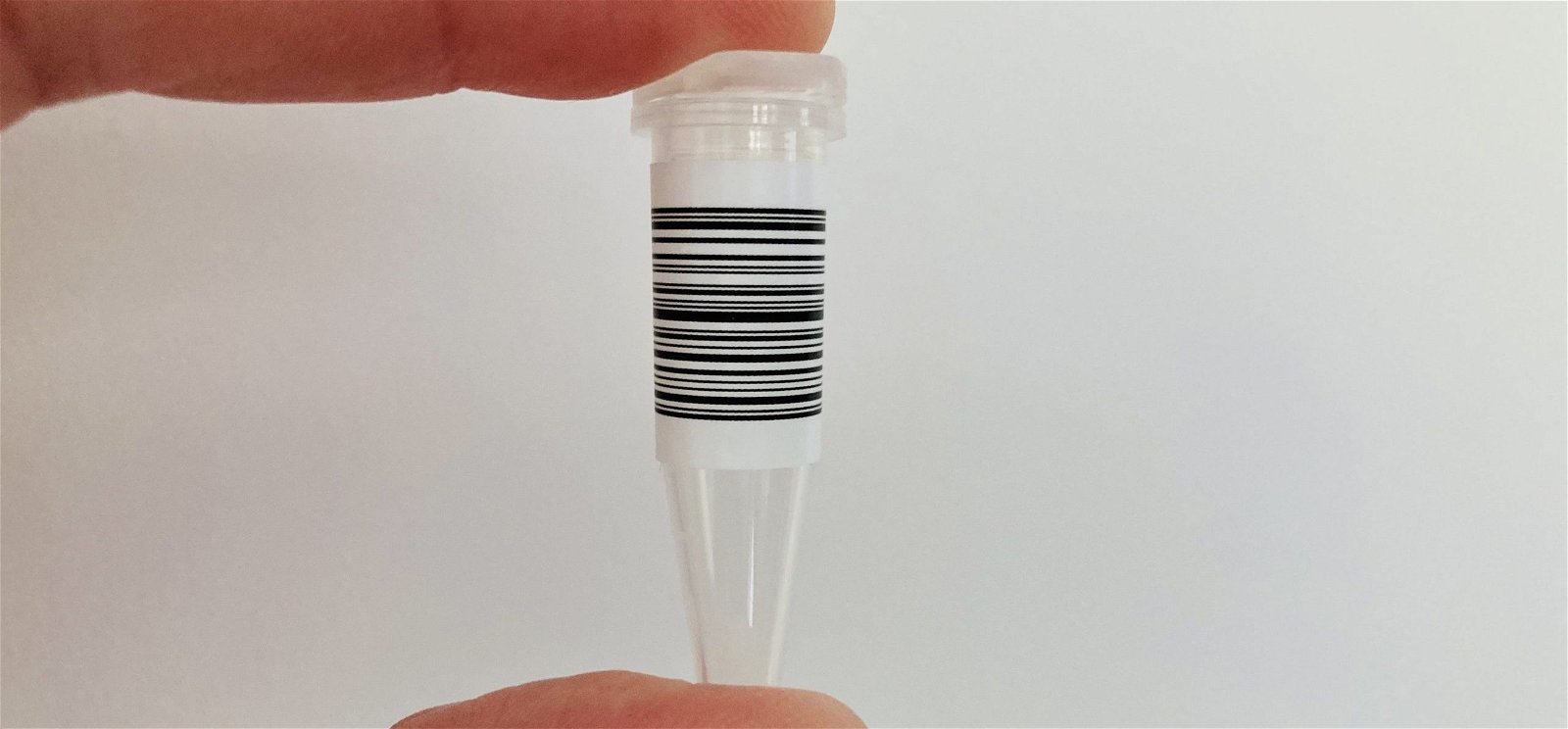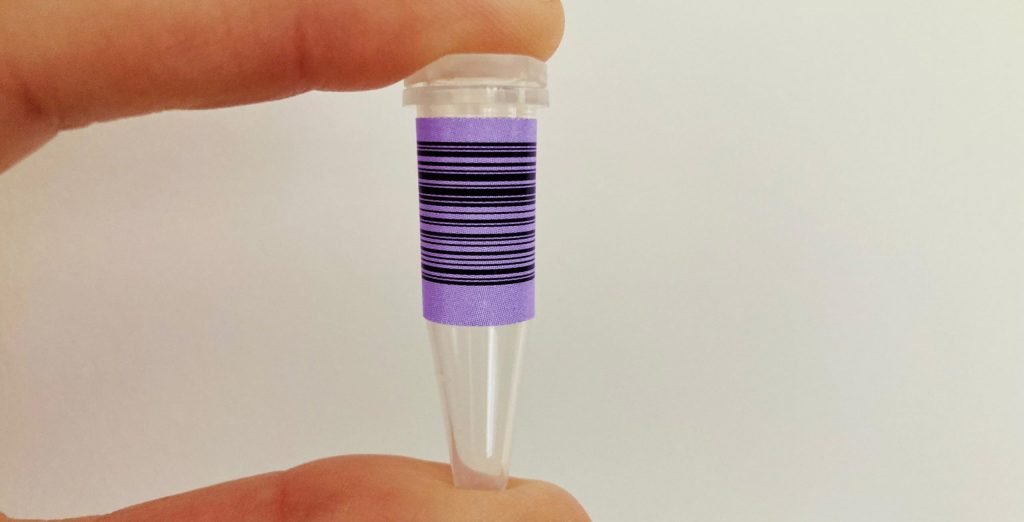To sequence DNA, the sequencing facility requires either the forward or reverse primer you used in the PCR mastermix to amplify your DNA.
If you have used your own primers to amplify a DNA barcode, you will need to send either your forward or reverse primer to the sequencing facility along with your sample sequencing tube.
The sequencing facility requires 2 μl of primer per sample being sent for sequencing (i.e. 10 μl for five samples) at a concentration of 10 μM.
Record on the sample list next to the purple barcode number the name of the primer you are sending, and keep for your records.



